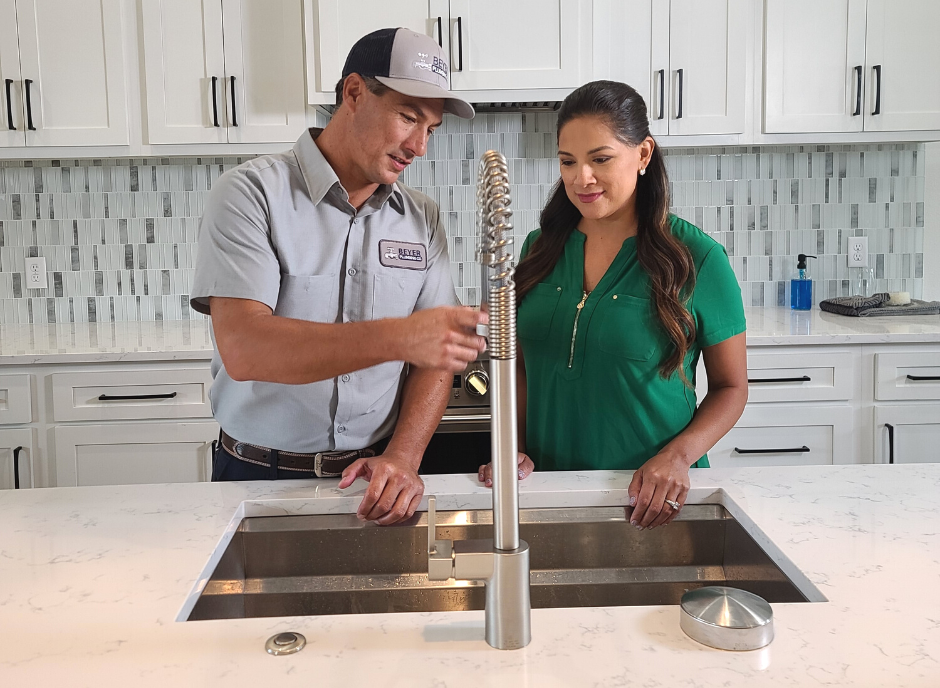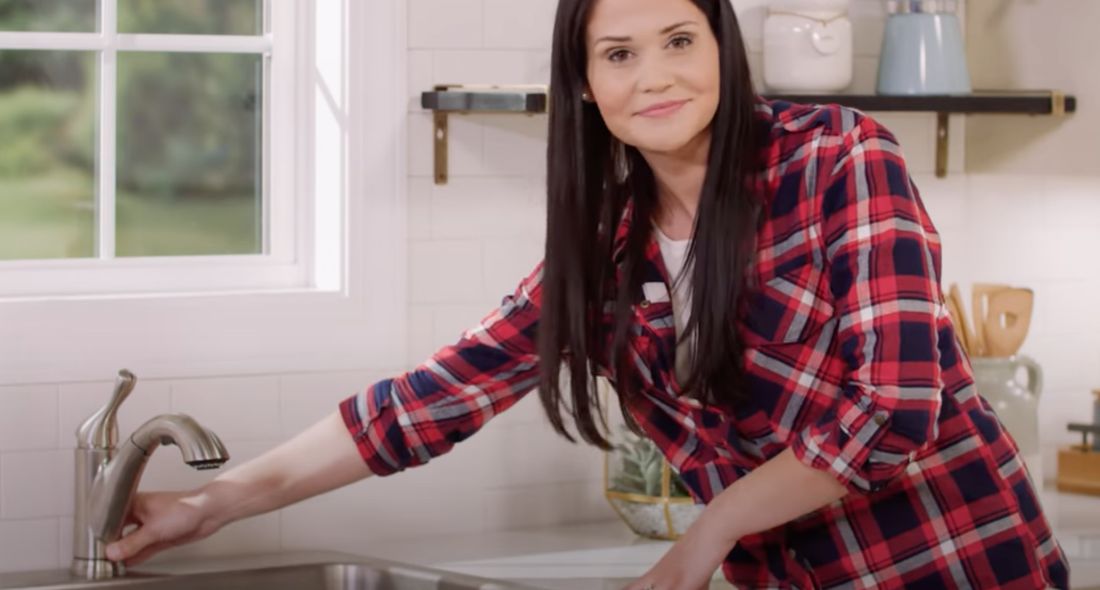Why It's Needed to Resolve a Leaking Faucet
Why It's Needed to Resolve a Leaking Faucet
Blog Article
We've come across this post about Why Is It Important To Fix Your Leaking Tap/Faucet? directly below on the internet and accepted it made perfect sense to quickly share it with you on my blog.

Leaking taps could feel like a minor inconvenience, however their effect exceeds simply the aggravation of the sound. From wasting water to incurring unnecessary monetary expenses and health and wellness dangers, disregarding a leaking faucet can result in various consequences. In this article, we'll look into why it's crucial to address this common household concern immediately and successfully.
Wastage of Water
Environmental Influence
Leaking faucets add substantially to water waste. According to the Epa (EPA), a solitary faucet trickling at one drip per second can squander greater than 3,000 gallons of water annually. This not just stress water sources however additionally impacts ecosystems and wild animals dependent on them.
Step-by-Step Overview to Fixing a Dripping Tap
Tools Needed
Prior to attempting to repair a dripping tap, gather the necessary tools, consisting of an adjustable wrench, screwdrivers, replacement components (such as washers or cartridges), and plumber's tape.
Typical Tap Issues and Their Solutions
Identify the type of faucet and the specific concern triggering the drip. Usual problems consist of damaged washing machines, rusty valve seats, or malfunctioning O-rings. Describe maker guidelines or on-line tutorials for detailed support on repairs.
Financial Costs
Increased Water Costs
Past the ecological effect, leaking faucets can inflate water costs considerably. The gathered waste in time translates right into greater utility expenses, which could have been stayed clear of with timely repairs.
Possible Building Damage
Additionally, long term trickling can result in harm to components and surfaces bordering the tap. Water accumulation can create staining, deterioration, and even architectural concerns if left ignored, causing additional repair service costs.
Health and wellness Problems
Mold and Mildew Development
The constant existence of wetness from a dripping faucet develops an ideal atmosphere for mold and mildew and mold development. These fungis not only compromise indoor air high quality however additionally posture wellness dangers, especially for people with breathing problems or allergic reactions.
Waterborne Conditions
Stationary water in trickling taps can end up being a breeding place for germs and other pathogens, increasing the risk of waterborne conditions. Impurities such as Legionella microorganisms thrive in stagnant water, possibly causing major diseases when consumed or breathed in.
DIY vs. Professional Fixing
Benefits and drawbacks of Do It Yourself Repair
While some might attempt to fix a trickling faucet themselves, DIY repairs come with their very own collection of challenges. Without appropriate expertise and devices, DIY efforts can aggravate the issue or cause insufficient fixings, lengthening the trouble.
Benefits of Employing a Specialist Plumber
Hiring an expert plumber makes sure that the underlying source of the leaking tap is resolved effectively. Plumbing technicians have the expertise and equipment to diagnose and repair faucet issues efficiently, conserving time and decreasing the threat of more damages.
Ecological Duty
Specific Payment to Conservation
Taking responsibility for fixing trickling taps lines up with broader initiatives towards water conservation and ecological sustainability. Every person's actions jointly make a substantial effect on preserving priceless resources.
Lasting Living Practices
By prioritizing punctual repair services and adopting water-saving routines, individuals contribute to lasting living practices that profit both present and future generations.
Safety nets
Regular Maintenance Tips
To stop dripping faucets, execute routine maintenance such as cleaning up aerators, evaluating for leaks, and replacing damaged components promptly. Furthermore, take into consideration installing water-saving devices or updating to more efficient components.
Relevance of Prompt Repairs
Attending to trickling taps as quickly as they're noticed avoids additional water wastefulness and possible damage, ultimately saving both water and money over time.
Effect On Property Value
Perception of Well-Maintained Residential Or Commercial Property
Maintaining a building in good condition, consisting of attending to maintenance issues like dripping taps, improves its viewed value and desirability amongst possible purchasers or renters.
Impact on Resale Worth
Residences with well-maintained plumbing components, consisting of faucets, command greater resale worths in the real estate market. Dealing with trickling taps can add to a positive impact during property assessments and arrangements.
Verdict
Addressing a leaking tap exceeds plain benefit; it's a crucial step towards preserving water, decreasing monetary prices, and safeguarding health and home. Whether via do it yourself repairs or expert help, doing something about it to deal with dripping faucets is a small yet impactful way to promote responsible stewardship of resources and contribute to a healthier, more sustainable future.
Most Common Reasons for a Leaky Faucet and How to Stop the Drip
Whether it’s your kitchen faucet leaking or a bathroom faucet leaking, one leaky faucet can waste anywhere from three to 30 gallons of water every single day. If the constant drip-drip-drip doesn’t get your attention, your water bill will. The good news is that, by following a few simple steps, chances are pretty good you can fix the problem yourself.
Why is it dripping?
Before you start taking things apart, let’s break down some of the most common causes of a leaky faucet.
Bad O-ring.
A cartridge is a valve that controls the flow of water into the faucet spout. On cartridge faucets there’s an O-ring—the little disc attached to the stem screw that holds the faucet handle in place. If it’s loose or worn-out, it can cause your sink handle to leak. Of course, the cartridge itself could be worn out. If that’s the case, make sure you replace it with the exact same kind.
Corroded valve seat.
The valve seat connects the faucet and the spout. If the leak seems to be coming from the spout, it might be because a buildup of water sediment has corroded the valve seat.
Worn-out washers or seals.
A leaky spout could be caused by a bad washer that rests against the valve seat. It’s just a matter of time before friction takes its toll. It could also be the wrong size washer or one that’s been installed incorrectly. Water sediments can also corrode inlet and outlet seals.
Water pressure.
If the faucet only drips now and then, or when you turn the handles a certain way, you should probably check your home’s water pressure.
Loose or broken parts.
The adjusting ring and packing nuts in the stream screw can become loose over time, causing your sink handle to leak. Try tightening or replacing the packing nut. If the leak is coming from the pipes underneath the sink, you probably have a broken pipe or fitting. If that’s the case, you should definitely call a plumber.
Know your faucet.
Faucets come in a variety of types. Each one has its own assembly—and its own possible causes of leaks. Learning about the four most common kinds of faucets will help you know how to take them apart and make any repairs.
How to stop a leaky faucet
Fixing that leaky faucet doesn’t have to take a lot of time, money, or expertise. It’s usually a simple matter of replacing a worn-out washer or gasket, a loose O ring, or another part. Chances are really good you can do this yourself if you follow these simple steps.
Shut off the water.
Before you tackle the faucet, cut off the water supply to the sink. There should be one valve for hot and one for cold. Hand-turn them clockwise with your hands till they close. If there are no valves under the sink, head to the basement and shut off the main water supply to the house. Then turn on the faucet until it empties out the water that’s still in the line and you’re ready to start. It’s a good idea to cover the sink drain with a plug or a rag so you don’t lose any small pieces and parts while you’re working.

As a serious person who reads on What Causes Leaky Faucets & How To Fix Them, I imagined sharing that piece of content was worth the trouble. Those who enjoyed reading our blog posting kindly remember to pass it around. Thanks a lot for your time. Please come by our site back soon.
Report this page